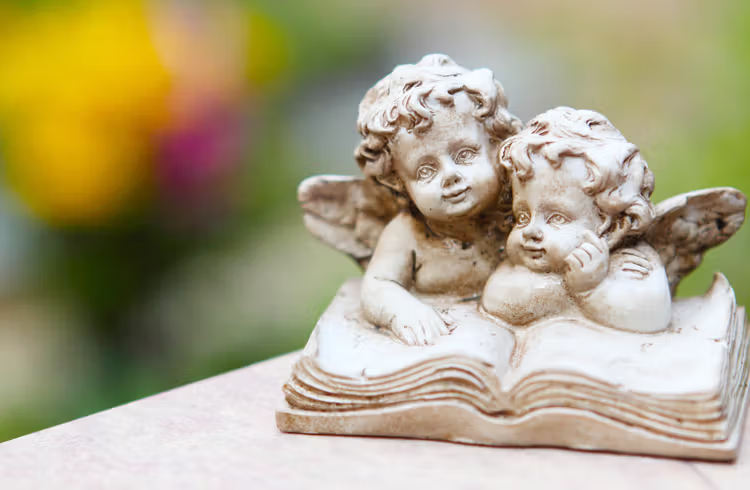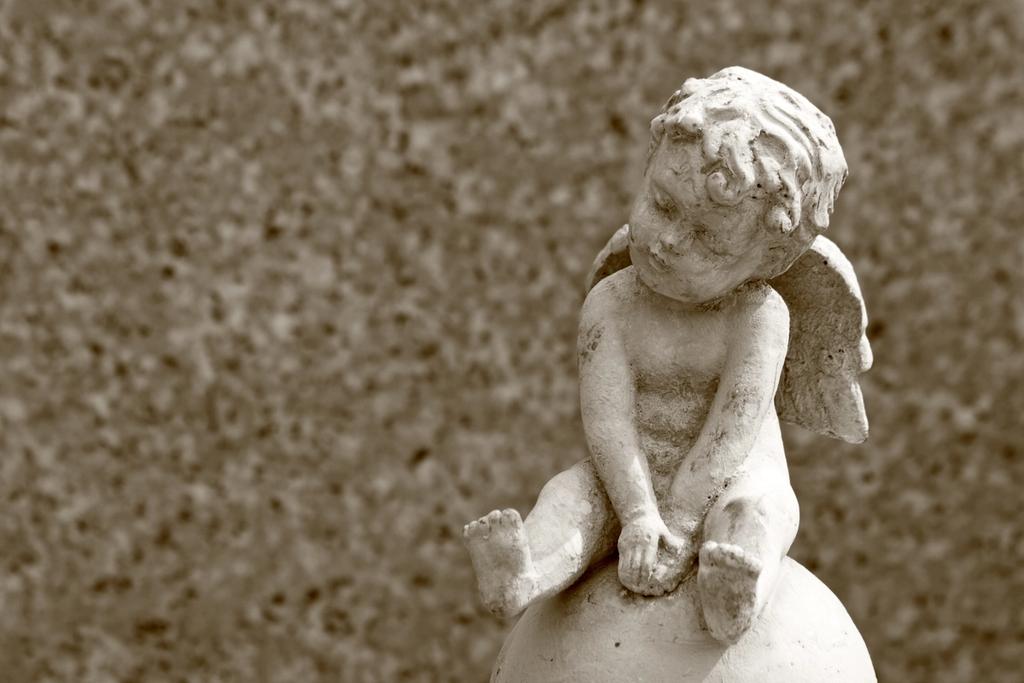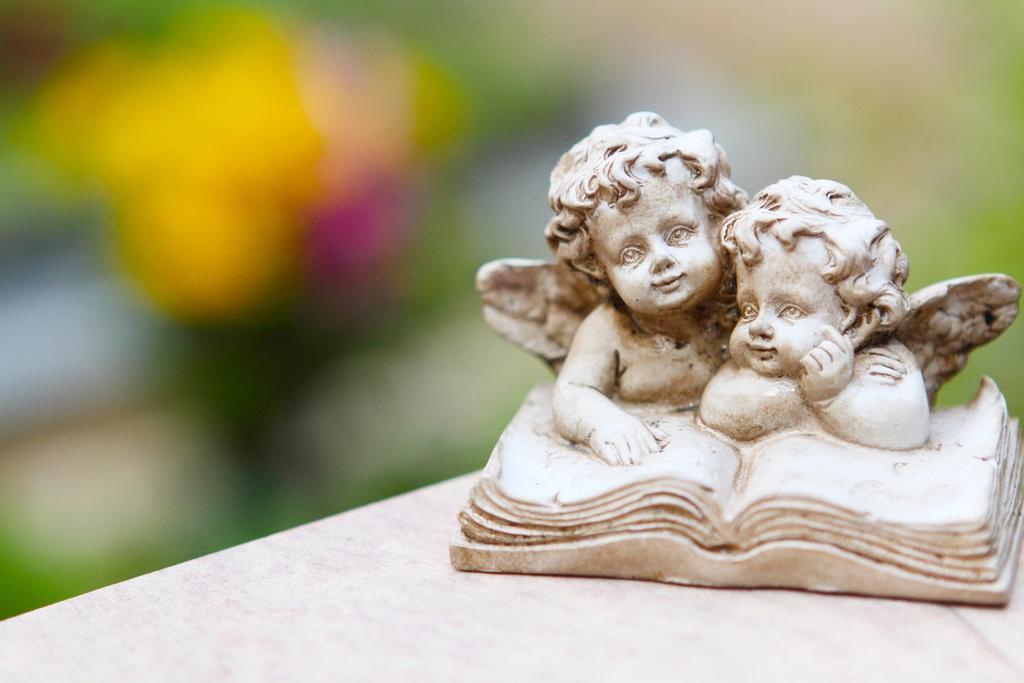Religious Perspectives On Holding A Viewing, Wake, Or Visitation
A common practice in many cultures is to spend time with the body before the funeral or disposition.

A viewing (also called a wake) may be brief and take place immediately before the funeral service, or may last for up to three days before the service. A visitation can take place any time, before or after the funeral service or disposition, and can last for hours or days.
Here are some major religions' perspectives on viewings, wakes, and visitations:
Anglican/Episcopalian
The option of holding a viewing before the funeral is up to the family of the deceased. The viewing can be held in the day or days before the funeral or immediately before the funeral service, and can be open to all mourners or limited to close family members.
For more information, see our article Anglican/Episcopalian Funeral Traditions.
Baptist
A viewing is customary in the Baptist tradition, and may be held at either a funeral home or at the church.
For more information, see our article Baptist Funeral Traditions.
Buddhist
If there will be a wake, the room in which the body rests should be calm and peaceful. The body should lie in a simple casket and should be dressed in simple, everyday clothes. The casket should be open for the duration of the wake. An altar may be placed near the casket and may feature an image of the deceased, an image of the Buddha, candles, flowers, fruit, and incense. Chanting may take place during the wake, and may be performed by monks, laypeople, or may be pre-recorded and played at the wake. However, any chanting must be for practical reasons, such as to aid in the contemplation of the impermanence of life, rather than for mere tradition. Local, fraternal, military, or civil rites or traditions may be performed at the wake, so long as they do not conflict with the Buddhist Precepts (murder, stealing, sexual misconduct, lying, and intoxication). The wake may last for as long as the family wishes.
For more information, see our article Buddhist Funeral Traditions.
Catholic
The Vigil is a prayer service usually held the evening before the funeral. Much like a viewing or a wake, family and friends gather in the home of the deceased, in the funeral home, or in the church to pray and remember the deceased. A priest or deacon usually presides over the prayers, though a layperson with knowledge of the prayers and traditions may preside in the event that a priest or deacon is not available.
For more information, see our article Catholic Funeral Traditions.
Eastern Orthodox
Once the body has been properly prepared, the priest will then begin the First Panikhida, a prayer service for the deceased. This marks the beginning of the wake. The wake will last until the body is brought to the church for the funeral service. Traditionally, the wake lasts three days, though it has come to last only one. During the wake, the Psalter (Book of Psalms) is read aloud by family and friends and subsequent Panikhidas are performed.
For more information, see our article Eastern Orthodox Funeral Traditions.
Hindu
Hindus generally hold a brief wake before cremation. The body should be displayed in a simple, inexpensive casket. “Vibuti” (ash) or “chandanam” (sandalwood) should be applied to the forehead of a man, and turmeric should be applied to the forehead of a woman. A garland of flowers should be placed around the neck, and holy basil should be placed in the casket. During the wake, family and friends gather around the casket and may recite hymns or mantras. At the end of the wake, before the body is removed for cremation, many Hindus place “pinda” (rice balls) near the casket. At the end of the wake, the casket is removed feet-first and brought to the place of cremation.
For more information, see our article Hindu Funeral Traditions.
Jewish
There is no generally no viewing, visitation, or wake in Jewish tradition. Before the funeral service, the family will gather and participate in a rite known as “keriah,” in which a visible part of clothing—such as a lapel, shirt collar, or pocket, for example—is torn as a symbol of mourning. In many communities, the practice has shifted from tearing a piece of clothing to tearing a black ribbon attached to a lapel, shirt collar, or pocket.
For more information, see our article Jewish Funeral Traditions.
Lutheran
The option of holding a viewing before the funeral is up to the family of the deceased. For the most part, viewings should be held either at the funeral home, mortuary, or family home. Any fraternal, civil, or military rites should be delivered at the viewing rather than at the funeral.
For more information, see our article Lutheran Funeral Traditions.
Methodist
The option of holding a viewing before the funeral is up to the family of the deceased. The viewing can be held in the day or days before the funeral or immediately before the funeral service, and can be open to all mourners or limited to close family members. As the Methodist funeral service primarily religious, fraternal, civil, or military rites should not be delivered during the service but rather at the viewing or at the burial/interment.
For more information, see our article Methodist Funeral Traditions.
Mormon
It is common to have a brief open-casket viewing before the funeral service. The viewing is often held at the same location that the funeral service will be held, but may also take place at a mortuary or funeral home. The viewing is usually open to all mourners, though there is generally time set aside at the end of the viewing for only family members. After the viewing and before the funeral service, the family may ask the bishop to offer a prayer for the family, after which the family closes the casket.
For more information, see our article Latter-day Saints/Mormon Funeral Traditions.
Muslim
When a Muslim dies, the body should be buried as soon as possible after death, thus there is no viewing before the funeral.
For more information, see our article Muslim Funeral Traditions.
Presbyterian
The option of holding a viewing is up to the family of the deceased. The location of the viewing should be discussed with the pastor, as some churches prefer to hold the viewing at a funeral home while others prefer to hold it in the church.
For more information, see our article Presbyterian Funeral Traditions.
Quaker
As the body or remains are not present at a Quaker funeral, there is no viewing or wake before the funeral, though there may be a visitation with the family.
For more information, see our article Quaker Funeral Traditions.
- How To Express Sympathy: What To Say And What...We’ve compiled a list of things to say—and things to avoid saying—when...Read more
- A Quick Overview Of Proper Funeral EtiquetteFunerals are emotionally complex, and knowing how to act can present a...Read more
- The Five Stages Of GriefAfter experiencing a loss, it's common to go through a range of emotions...Read more
- Funeral Pre-Planning Cheat SheetPlan now, rest later.Read more



